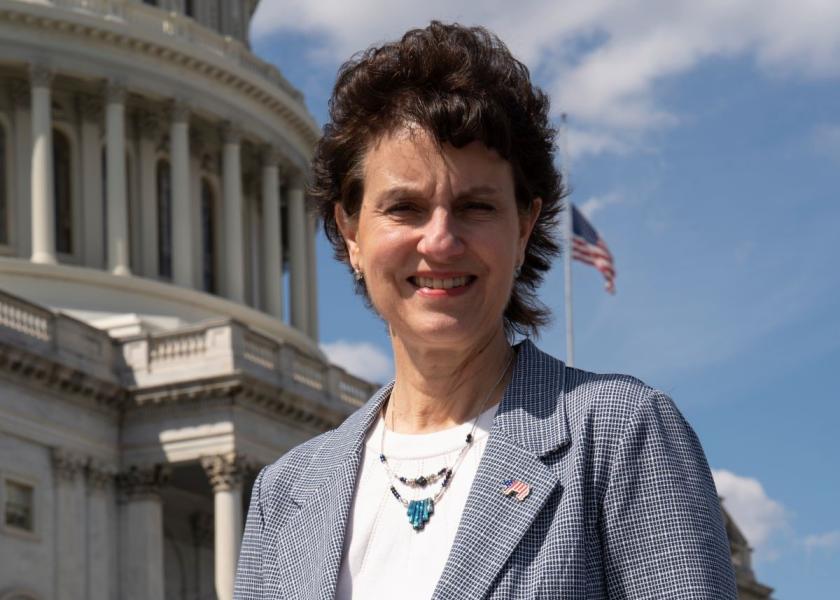Why You Need to Understand How USDA Purchase Programs Work

By Lori Stevermer, NPPC president and producer from Minnesota
The USDA’s food assistance and commodity purchase programs are vital for providing nutritious food to vulnerable families and supporting American farmers. For decades, the USDA has procured a range of commodities, including grains, fruits, vegetables, meats, dairy products and more. These purchases are often made through competitive bidding processes or direct agreements with producers and suppliers. The quantities and types of commodities purchased can vary significantly from year to year based on factors such as market conditions, program needs and government priorities.
With pork producers facing prolonged economic headwinds, recent USDA commodity purchases of pork offer relief at pivotal times. The National Pork Producers Council has been working with USDA to find opportunities to support pig farmers during these challenging times by applying for Section 32 and CCC funds. So, it’s important to understand how these programs work.
Food Assistance
Section 32 of the Agricultural Adjustment Act of 1935 authorizes the USDA to use a portion of customs duties collected on imported products to support American agriculture. These funds are channeled into various programs, including food assistance initiatives. Through Section 32, the USDA purchases surplus agricultural commodities, such as pork, to ensure a steady supply of nutritious food for those in need while helping to stabilize prices for producers.
Furthermore, the USDA leverages funds from the Commodity Credit Corporation (CCC), a government-owned entity established during the Great Depression, to stabilize farm income and prices. The CCC provides financial assistance to farmers and ranchers through loans, purchases, and other mechanisms. In times of surplus production or market disruptions, the USDA can utilize CCC funds to purchase agricultural commodities, including pork, for distribution through food assistance programs.
Support for Farmers
Approximately $105 million in additional USDA pork purchases, above and beyond what USDA may routinely purchase for its various food programs, have occurred through these avenues over the past year. NPPC has worked closely with USDA to target purchases of selected pork products in an effort to boost demand and support producers during a time of significant financial strain.
In addition, by incorporating pork products into food assistance programs, the USDA is helping address food insecurity by providing a vital source of protein to individuals and families in need. Pork is a nutritious and versatile protein source, and its inclusion in these programs helps ensure that recipients – schools, childcare centers and food banks – have access to a balanced diet.
The USDA's strategic use of Section 32 and CCC underscores the agency's commitment to agriculture. By leveraging these resources, the USDA provides much-needed support to farmers going through challenging times.
Lori Stevermer is a pork producer from Easton, Minn., and serves as president of the National Pork Producers Council.







